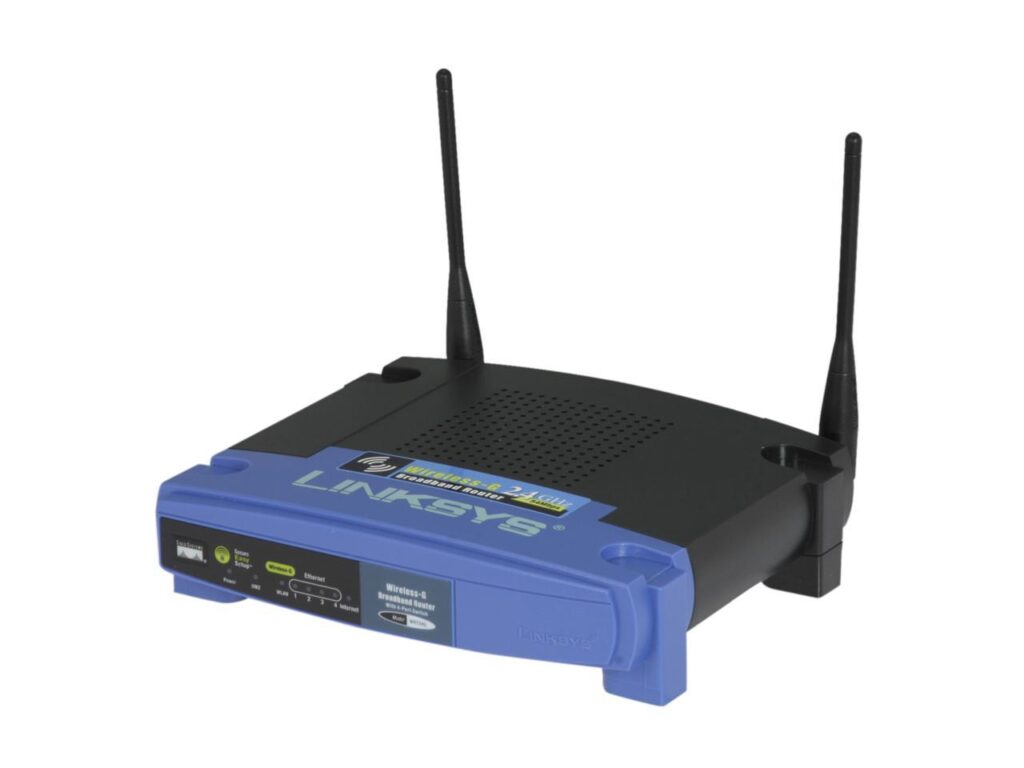
Fundamental to complex technology transactions is the need for technical due diligence. Technical evaluations and intellectual property concerns are vital pieces of any assessment of opportunity and risk associated with these transactions. For proof, look no further than the ubiquitous Linksys WRT54G router – and how an oversight in the merger and acquisition process in 2003 had major implications for Cisco, which acquired Linksys in 2003.
An Overlooked Detail
By 2003, Linksys had emerged as the market leader for home networking equipment, leveraging a combination of reasonable price and ease of use that set it apart from its competitors. The $129 WRT54G router was “a smash hit, selling 400,000 units in the first quarter of [2003] alone,” according to a Forbes article from October of that year.
The privately-held Linksys attracted the attention of Cisco, which had previously tried – and failed – to enter “the home consumer networking market… through internal development, dating back to the ill-fated CiscoPro effort in 1995.” In March 2003, Cisco announced an agreement was in place to acquire Linksys for $500 million in stock, intending to keep it as an “autonomous division” of the company.
Unfortunately for Cisco, there was an overlooked detail in the due diligence process. The popular router used Linux software in its firmware – a discovery made by the Linux Kernel Mailing list a few months later. Linux software “is distributed under the GNU General Public License, or GPL,” as explained in Forbes, which stipulates that “if you distribute GPL software in a product, you must also distribute the software’s source code. And not just the GPL code, but also the code for any ‘derivative works’ you’ve created – even if publishing that code means anyone can now make a knockoff of your product.”
This was not ideal news for Cisco. Pressure mounted as online communities publicized the GPL violation, leading the Free Software Foundation – the “de facto enforcer of any violation of the GPL, even when the FSF is not the copyright owner” – to get involved. Three to four months later, Linksys released the code as required, dealing a major blow to Cisco. How could this have happened?
The Complexities of Technical Due Diligence
While it would be easy to blame Cisco for overlooking such a crucial detail, the WRT54G saga illustrates the immense complexities of technical due diligence. In 2005, Heather Meeker, a lawyer specializing in intellectual property and open-source software, outlined the issue to LinuxInsider: Cisco “would have had to do diligence through three levels of product integration,” an extremely difficult task as software development moved towards “an age of vertical dis-integration.”
Meeker went on to explain that Cisco had “presumably… done intellectual property diligence on Linksys before it bought the company. But to confound matters, Linksys probably knew nothing of the problem either, because Linksys has been buying the culprit chipsets from Broadcom, and Broadcom also presumably did not know, because it in turn outsourced the development of the firmware for the chipset to an overseas developer.” A critical detail was lost not because of “sloppiness or carelessness,” but rather, opacity.
How Quandary Peak (Could Have) Can Help
The Linksys WRT54G incident is just one example of the importance of technical due diligence in merger and acquisition transactions and startup investments. Quandary Peak experts have worked with some of the industry’s biggest companies and top IP law firms and bring over 10 years of experience in technology evaluation, providing peace of mind and unparalleled expertise during this key step in the process. It’s foundational work for our firm.







